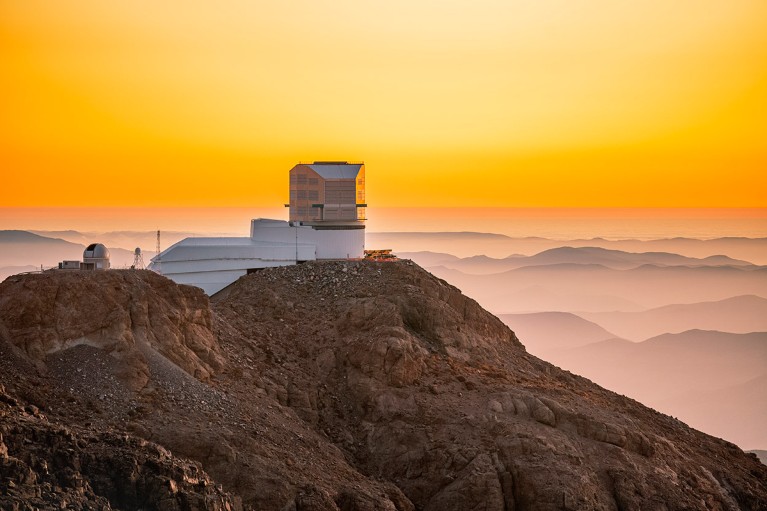MORE ON VERA RUBIN OBSERVATORY: Major telescope hosts world's largest digital camera: how it will transform astronomy
Hey, Space Placers!

The Vera C. Rubin Observatory, in the Andes Mountains in Chile, will map the entire southern sky every few nights.
Credit: Petr Horalek/Science Photo Library VIA NATURE
VRO will be going operational soon and when it does our view and understanding of the Universe will be radically changed. The reason as explained in the Nature article:
The Rubin Observatory will map the entire southern sky every three to four nights, observing each spot around 800 times over its ten years of planned operations. Eight science collaborations will sift through the data it produces, each focusing on different questions, from mapping the history of the Universe and its dark matter contents to tracking potentially dangerous objects in the Solar System.
The observatory will also capture an unprecedented number of transient and variable astronomical events in real time — stars whose brightness changes unpredictably, for example, and those that explode or suddenly disappear. “We are going to be able to release alerts worldwide on anything that moves or changes brightness — 8 million alerts per night,” says Tony Tyson, an astronomer at the University of California, Davis, who first conceived of the concept for the telescope in the 1990s.
The world is scheduled to see the first image from VRO on 23 June, 2025.
I'll have more on VRO so stay tuned!
Sky Guy in VA
PS

The almost Full Strawberry Moon last night images with my iPhone in Central Virginia

Comments
Post a Comment